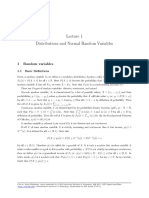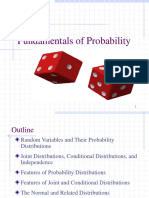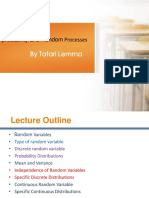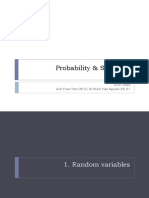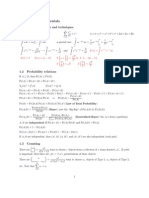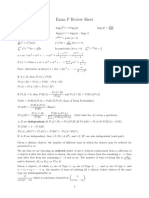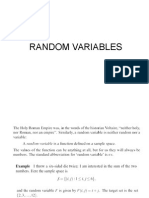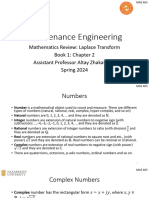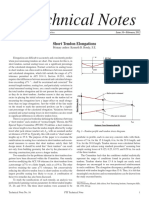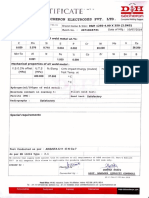0% found this document useful (0 votes)
21 views16 pagesLec23 Random Variable
This lecture covers the concepts of random variables, including their definitions, cumulative distribution functions (CDF), and probability density functions (PDF). It also discusses independent random variables, multivariate distributions, and the expectation and variance of random variables, along with their properties. Additionally, the moment generating function (MGF) is introduced, highlighting its significance in relation to the moments of random variables.
Uploaded by
gadakrish4Copyright
© © All Rights Reserved
We take content rights seriously. If you suspect this is your content, claim it here.
Available Formats
Download as PDF, TXT or read online on Scribd
0% found this document useful (0 votes)
21 views16 pagesLec23 Random Variable
This lecture covers the concepts of random variables, including their definitions, cumulative distribution functions (CDF), and probability density functions (PDF). It also discusses independent random variables, multivariate distributions, and the expectation and variance of random variables, along with their properties. Additionally, the moment generating function (MGF) is introduced, highlighting its significance in relation to the moments of random variables.
Uploaded by
gadakrish4Copyright
© © All Rights Reserved
We take content rights seriously. If you suspect this is your content, claim it here.
Available Formats
Download as PDF, TXT or read online on Scribd
/ 16












